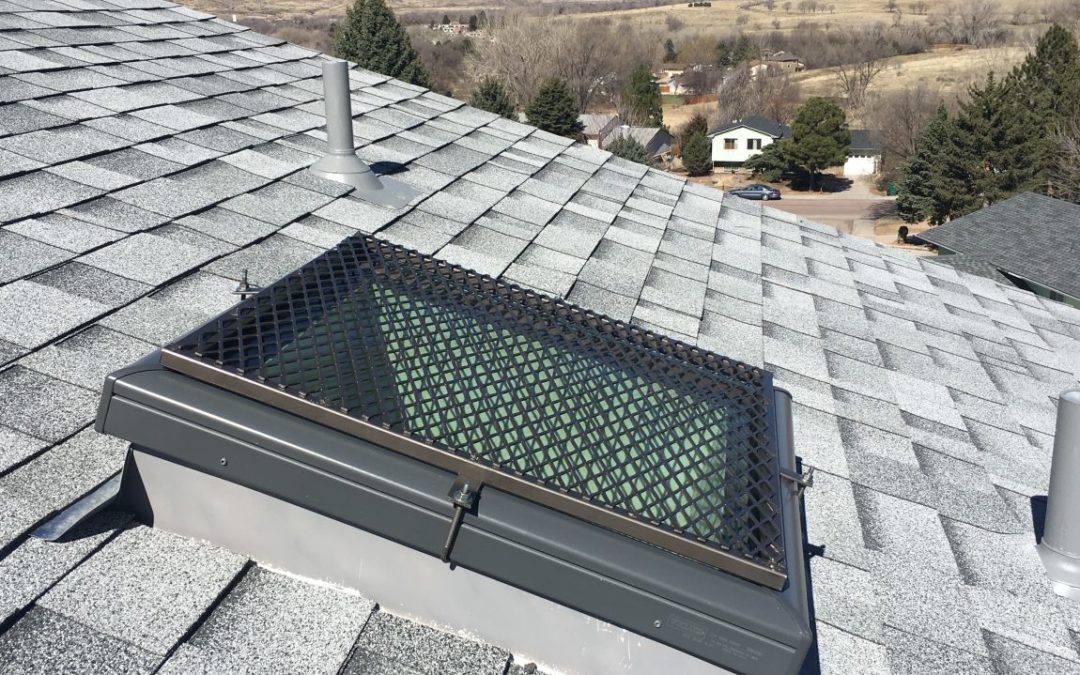A well-installed and maintained roofing system acts as a protective shield against inclement weather conditions. Shingle roofs are a highly coveted and popular residential roofing system across the United States. Homeowners can choose shingles made from different materials like clay tile, wood, metal, and asphalt. Shingles are one of the prominent but not the only parts that comprise a shingle roofing system. A few other components are present underneath them, working in tandem to ensure that the home remains safe and comfortable through the year. Each part has a defined purpose contributing to the roof’s functionality and stability.
Not many homeowners are familiar with the roof construction process, and their knowledge is limited to the visible top roof layer, that is, shingles. Knowing various components of a shingle roof can help homeowners maintain their roof better to increase its lifespan and get the most out of the investment.
Let us look at a few most essential shingle roofing components and how they contribute to creating a durable roofing system:
Underlayment
A thin, water-resistant material layer installed directly atop the decking is called underlayment. It works as a secondary barrier offering protection against water damage, mold growth, moisture, air infiltration, snow, and other weather elements. Underlayment is placed between the shingles and decking to absorb resin or sap that the decking may release. It is a critical, invisible roof component as it acts as a sealing. Common roof underlayment includes rubberized asphalt, non-bitumen synthetic, and asphalt-saturated felt. It is recommended for homeowners to check the underlayment for damage symptoms regularly.
Roof deck
Also known as sheathing, a roof deck is a roofing material made from plywood, tongue and groove, plank, or a plywood composite called Oriented Strand Board (OSB). It forms the foundation of the shingle roofing system. It is installed between the structural components like the trusses and joists and different insulation and weather proofing layers. Roof decking offers a flat surface for easy fastening of shingles and a track for roofing workers to walk on. It should be sturdy enough to support the weight of everything placed on the roof and protect the home’s integrity.
Flashing
Some roof parts are more prone to leaks and water damage than others including, valleys, edges, areas around various protrusions like chimneys, skylights, and exhaust vents. It is a thin metal sheet, mostly made from materials like copper, aluminum, and stainless or galvanized steel, placed underneath the shingles to direct the heavy water run-off to the gutters away from the roof seams and joints. Popular flashings include continuous flashing, drip edges, step flashing, chimney flashing, and valley flashing.
Water and ice shield
Water and ice barriers are a water-resistant underlayment made of polymer-modified bitumen and are perfect for roof protection during the winter months. They cover the entire roof and other areas susceptible to leakage to prevent potential damage due to ice dams. They protect the roof structure even when high winds blow off the shingles.
Hip and ridge shingles
They are essential to add both functionality and a design element to the roof by giving it a visual appeal. The roof peak and ridgelines require placing different tiles or shingles to prevent water infiltration and protect the topmost shingle layer.
Ventilation
A properly ventilated roof is crucial to ensure proper airflow through the attic space, facilitating the escape of warm, moist air. Installing intake and exhaust vents based on the roof’s design is essential to increase its lifespan, prevent mold and mildew growth, improve energy efficiency, reduce utility bills, and regulate attic temperature. Ridge, static, and gable vents are the widely used residential vents.
Insulation
As a home loses 25% of the heat through the roof, well-installed insulation is a must-have component for a highly effective and efficient shingle roofing system. It involves lining the roof with insulating materials like foam, fiberglass, wood fiberboard, and cellulose fiber to prevent heat loss. It controls indoor temperatures, leading to lower energy bills.
These components are critical to maintaining the integrity of every shingle roofing system. An experienced and reliable roofing specialist can offer more information about what goes underneath a shingle roof and what you can do to protect them from damage.
